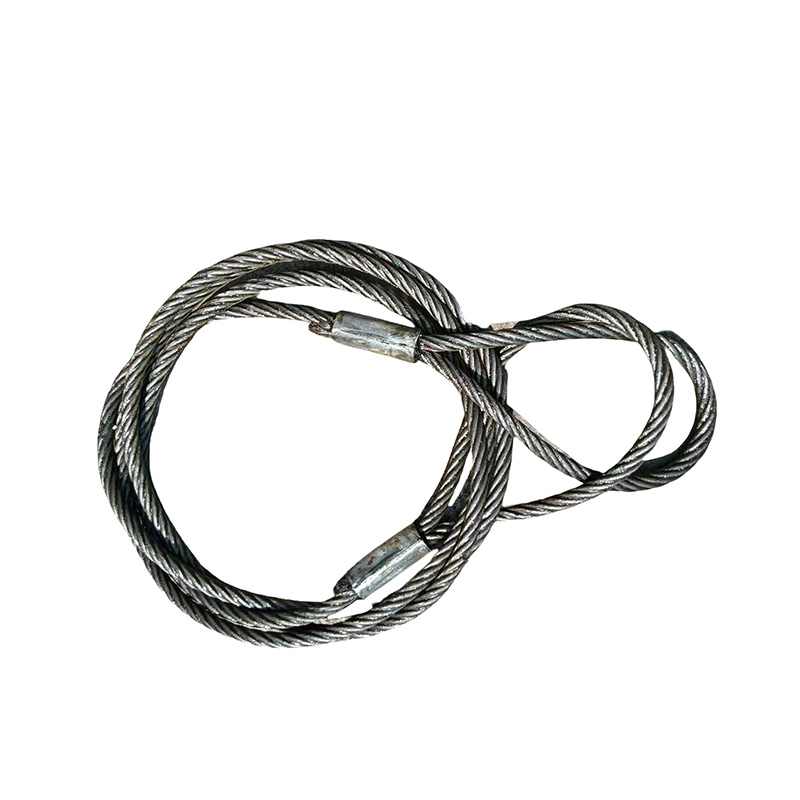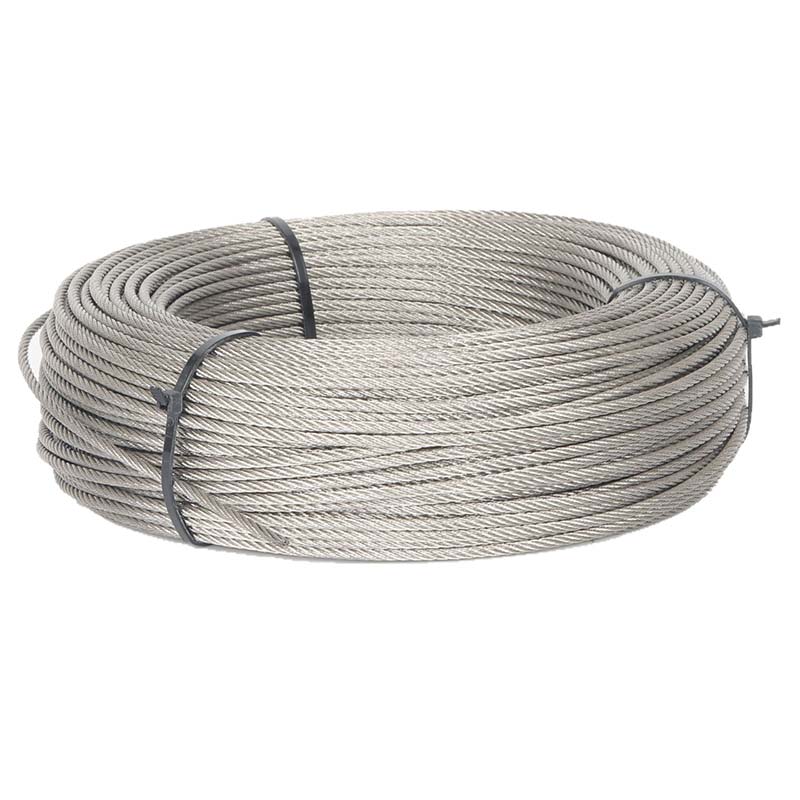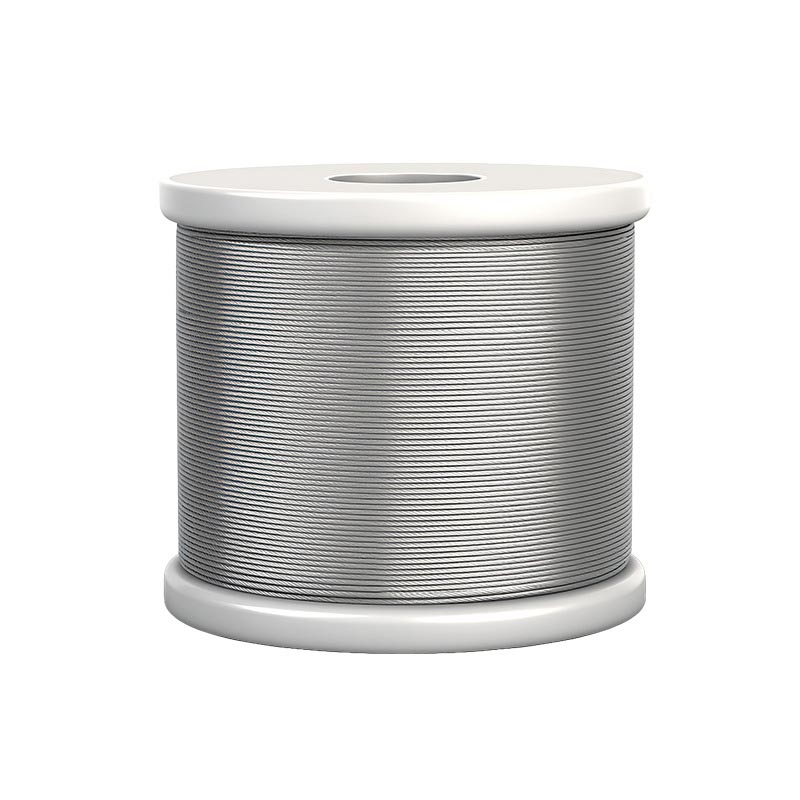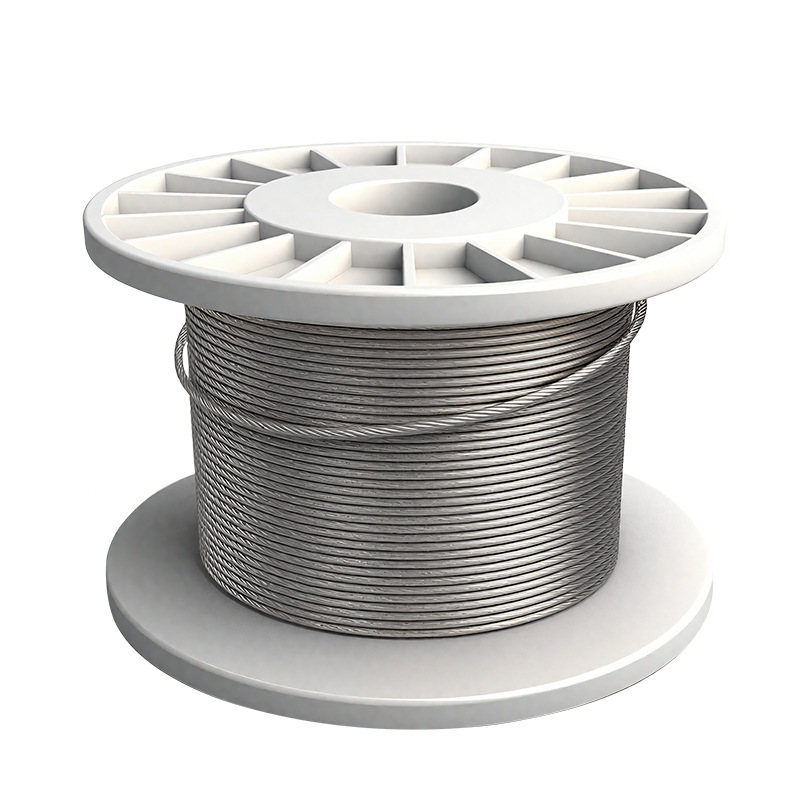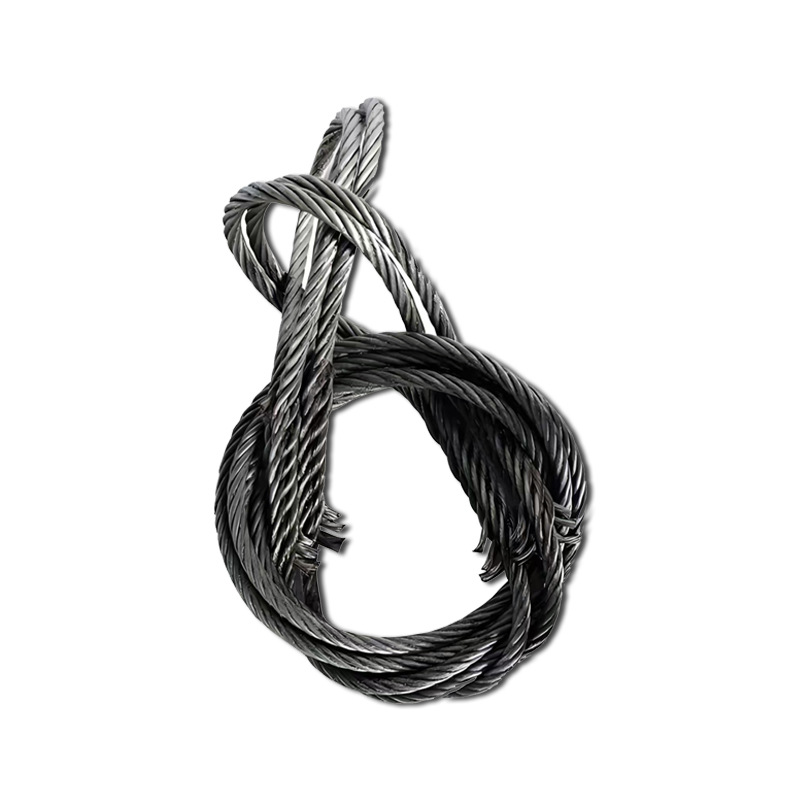High Tensile Steel Strands
Send Inquiry
In the backbone grid of the power system, High Tensile Steel Strands plays an indispensable role. It is the core material to ensure the safe and stable suspension of conductors on transmission towers and poles. They can effectively resist the tension from wind and gravity, providing crucial stability.
These wires are typically made of multiple metal wires twisted helically together, providing excellent structural strength. We offer competitive prices to power companies, and large grid projects can receive discounts from strategic partners.
Hot-dip galvanizing treatment is standard - this helps them remain in good condition outdoors for a long time. We arrange transportation through reliable partners to balance speed and cost. Our quality management system has obtained ISO 9001 certification, so each batch of goods meets the required mechanical performance requirements.
Product Details
For marine and port facilities such as docks and shipyards, galvanized High Tensile Steel Strands are used to construct mooring systems and protective devices. The galvanized layer of this steel wire is thick enough and evenly distributed, which can effectively resist the corrosion in seawater environment and ensure durability.
Our prices are competitive for marine engineering contractors. If your order exceeds 60 tons, you can enjoy a discount. A fine silver-grey zinc coating is attached to them, which not only effectively protects them from damage but also makes the overall appearance bright and eye-catching.
For international orders, we transport them by sea. These wires are placed on corrosion-resistant reels to effectively prevent damage even in humid environments during transportation.
Product Parameters
|
Steel Strands |
Cross-sectional area |
Nominal tensile strength |
Approximate weight |
|||
|
Nominal diameter |
Allowable Deviations |
1570 |
1670 |
1770 |
||
|
Minimum breaking force |
||||||
|
0.90 |
+2 -3 |
0.49 |
|
|
0.80 |
0.40 |
|
1.00 |
0.60 |
|
|
0.98 |
0.49 |
|
|
1.10 |
0.75 |
|
|
1.22 |
0.61 |
|
|
1.20 |
0.88 |
|
|
1.43 |
0.71 |
|
|
1.30 |
1.02 |
|
|
1.66 |
0.83 |
|
|
1.40 |
1.21 |
|
|
1.97 |
0.98 |
|
|
1.50 |
1.37 |
|
2.10 |
|
1.11 |
|
|
1.60 |
1.54 |
|
2.37 |
|
1.25 |
|
|
1.70 |
1.79 |
|
2.75 |
|
1.45 |
|
|
1.80 |
1.98 |
|
3.04 |
|
1.60 |
|
|
1.90 |
2.18 |
|
3.35 |
|
1.76 |
|
|
2.00 |
2.47 |
|
3.79 |
|
2.00 |
|
|
2.10 |
2.69 |
|
4.13 |
|
2.18 |
|
|
2.20 |
2.93 |
|
4.50 |
|
2.37 |
|
FAQ
Q:How is the low relaxation property achieved in your steel strands, and why is it important?
A: The low relaxation property in our High Tensile Steel Strands is achieved through a specialized thermal stabilization process after stranding. This process significantly reduces the loss of prestress force over time. For permanent structures like bridges and building beams, using our low relaxation High-Tensile Steel strands is crucial as it ensures long-term structural integrity, minimizes force loss to a defined limit (e.g., <2.5%), and reduces maintenance needs.


